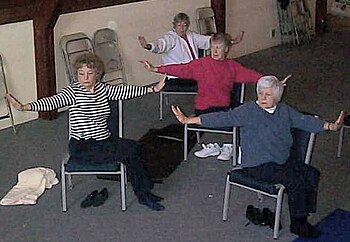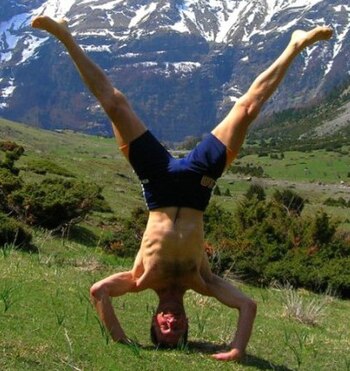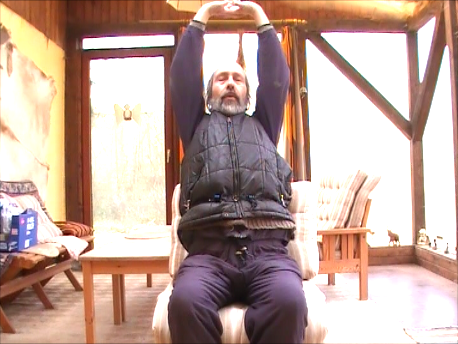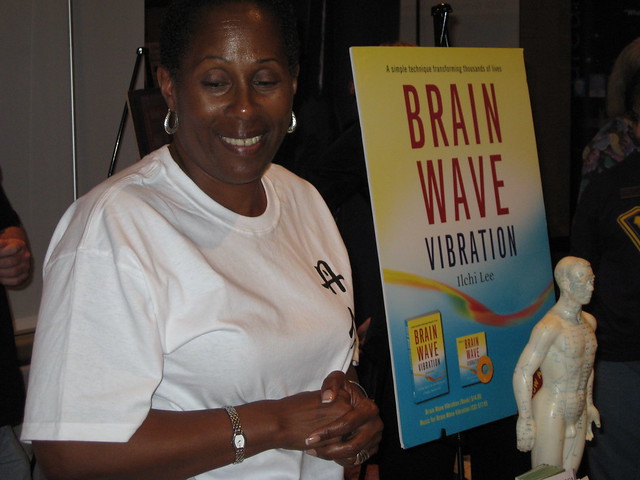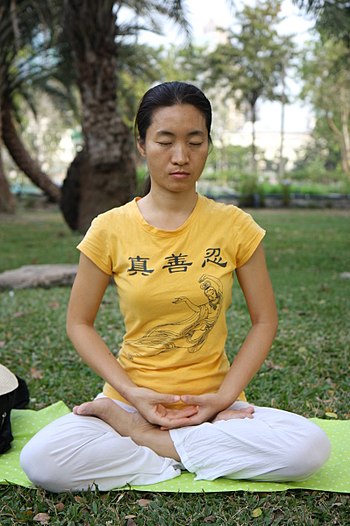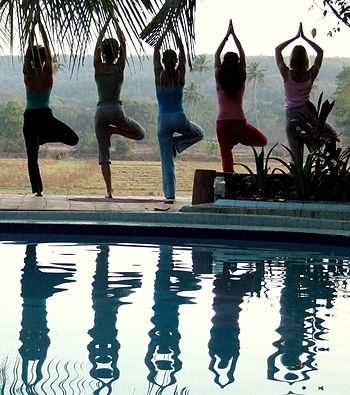 |
| Vrksasana, the tree position, a Yoga posture. (Photo credit: Wikipedia) |
To make it easier it would be better for you to take the support of a wall, helping you to overcome your fear of falling while doing this asana. There are many benefits to doing this asana as this helps in strengthening every part of your body helping you to create a more stable and calm body. Your shoulders and arms get stretched and in that process, all the bones in your body also get a good massage. Practicing this asana along with some teacher or friend would help you to do this asana without much hassle.
Even though this asana is very difficult but once you master it, the benefits you reap from this asana would be of great help. It can help each and every part of your body making them fit and fine for a better and healthier life. While doing this asana in the beginning you can use padding that would support your handstand. Your hands won't feel the direct coldness from the floor and would help in doing the asana properly. This stabilizes your pose and avoids the strain.
You can also change your hand position to improve your handstand. You can keep your hands either outward which will also be a key ingredient to help you. Use of props and by modifying this asana you can get full benefits without creating too much strain on yourself.
You should take extra care of your back and shoulders while doing this asana. There are chances of neck injury and other problems if it is not done properly. Your spine, lungs and pituitary glands are also benefited in this process. With the straight back, your spine also gets straightened which helps immensely in the long run.



